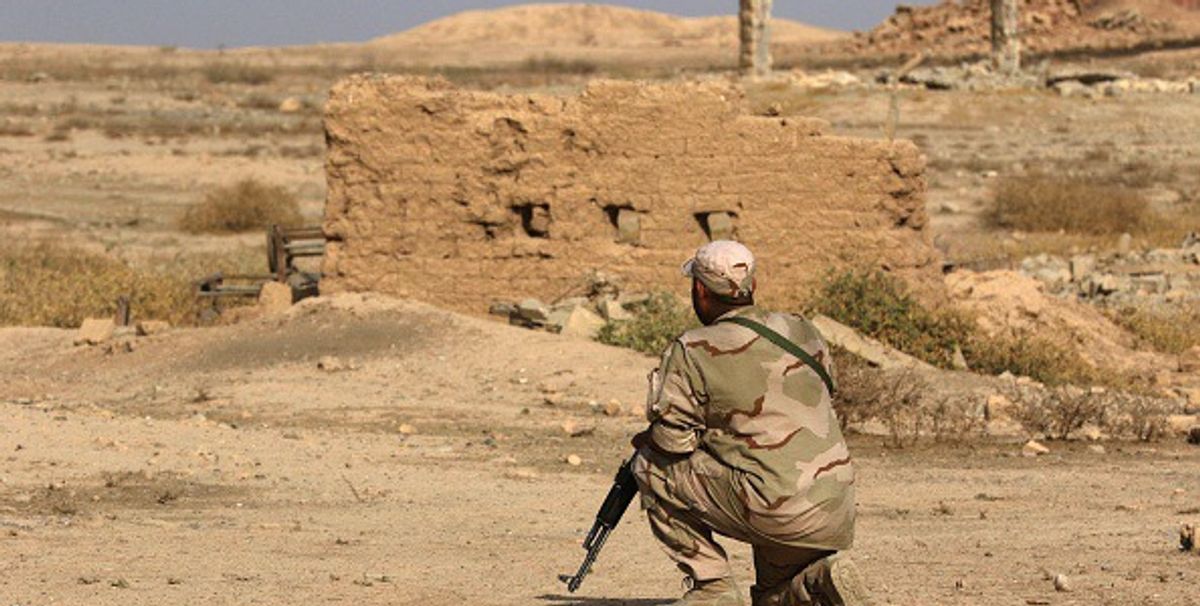An Iraqi archaeologist who was recently given emergency training by the British Museum is leading a rescue operation in Nimrud, the Assyrian site which was almost totally destroyed by Isil extremists. The archaeologist has been appointed by Iraq’s State Board of Antiquities and Heritage to investigate the damage and stablise what can be saved.
In April 2015 Isil militants destroyed the ninth-century BC palace of Ashurnasirpal II with its magnificent gypsum reliefs. Last September they flattened the city's Ziggurat. Nimrud, 35 kilometres south of Mosul, was retaken by government forces in November.
The Iraq Emergency Heritage Management Training Scheme, run by the British Museum and the Iraqi authorities, was established in 2015, soon after the destruction. Financed with £2.9m from the UK’s Cultural Protection Fund, it will train a total of 50 archaeologists over a five-year period with workshops in London and Iraq.
News about the Nimrud appointee, who is not being named for security reasons, comes on the day (20 February) when the UK House of Commons is expected to give the final reading of the Cultural Property (Armed Conflicts) Bill. After receiving Royal Assent in a few weeks, it will enable the UK to ratify the 1954 Hague Convention and accede to its two protocols.


